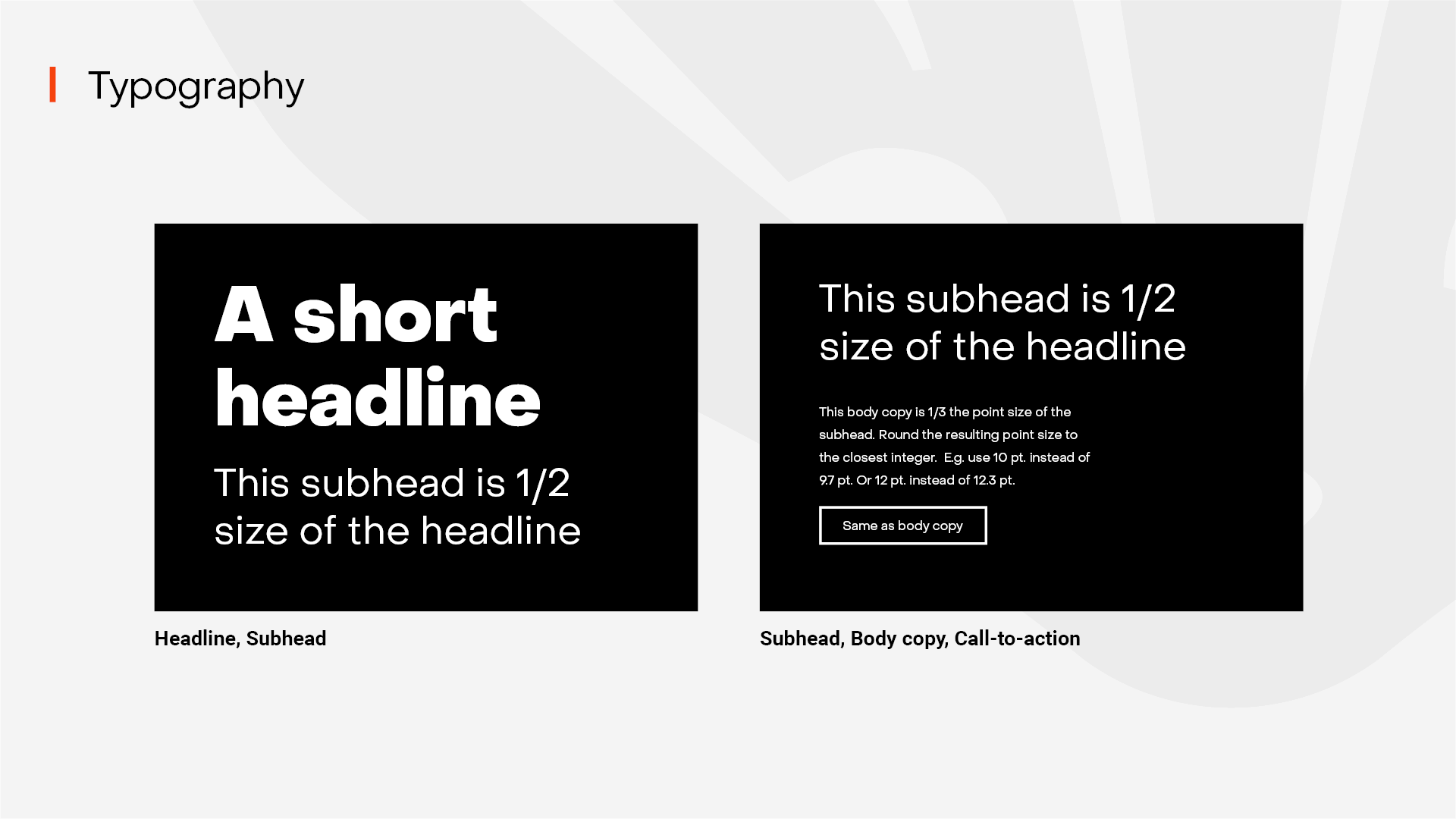How to design an effective brand identity for your small business
If you’ve ever had any experience managing a small business or a startup, you’ll know how essential it is to stand out in order to compete in a crowded market and attract customers. With so many companies offering similar products or services, it can be difficult for a small business to differentiate itself and get noticed by potential clients. Standing out can help your small business build a loyal customer base and increase its revenue and profitability.
In today's digital age, standing out is more important than ever. With the rise of e-commerce and online shopping, small businesses need to create a strong online presence in order to compete. By developing a unique and memorable brand identity, your small business can create a lasting impression in the minds of your customers. This can help to build trust and credibility, which are essential for long-term success. A business that stands out is more likely to be shared on social media, talked about among friends and family, and recommended to others. This can help a small business reach new audiences and grow its customer base.
Designing a brand identity for a small business is a crucial step in establishing a successful and recognizable brand. Small businesses often have limited resources, so it’s important to create a brand identity that is simple, effective, and memorable. In this blog post, we will discuss some tips and best practices for designing a brand identity for a small business.
1. Define Your Brand
The first step in designing a brand identity for a small business is to define your brand. This involves identifying your target audience, understanding your brand’s mission and values, and determining the key attributes and benefits that set your brand apart from others. This information will form the foundation of your brand identity and will guide all of your design decisions.
2. Design a Simple Logo
A logo is the visual representation of your brand and is one of the most important elements of your brand identity. For a small business, it’s important to keep your logo simple, memorable, and easily recognizable. A well-designed logo will help your brand stand out and create a lasting impression in the minds of your customers.
3. Choose Your Color Palette Carefully
Your brand’s color palette is another important aspect of your brand identity. Colors have the power to evoke emotions and create associations, so it’s important to choose colors that reflect your brand’s personality and values. However, for a small business, it’s important to keep your color palette simple and consistent across all of your marketing materials, from your website to your packaging.
4. Select Easy-to-Read Typography
Typography is the art of arranging type to make written language legible, readable, and appealing when displayed. Selecting the right typography can help to reinforce your brand’s personality and style. For a small business, it’s a good idea to not overcomplicate things and choose a few typefaces that are easy to read and consistent across all of your marketing materials.
5. Create Your Brand Guidelines
Once you have established your brand identity, it’s important to create a set of guidelines that outline how your brand should be represented in all marketing materials. This includes details such as your logo usage, color palette, typography, and other design elements. Brand guidelines ensure consistency across all of your marketing materials and help to reinforce your brand’s identity in the minds of your customers.
6. Apply Your Brand Identity Consistently
Consistency is key when it comes to brand identity. All marketing materials, from your website to your social media profiles, should reflect your brand identity and be consistent with your brand guidelines. By applying your brand identity consistently, you will create a strong, recognizable brand that resonates with your target audience.
7. Be Authentic and True to Your Values
For a small business, it’s very important to be authentic and true to your values. Your brand identity should reflect your company’s personality and core values, and your messaging should be consistent with your brand identity. This will help to create a strong connection with your target audience and establish a loyal fan base.
In conclusion, designing a brand identity for a small business requires careful thought and planning. By defining your brand, developing a simple logo, choosing your color palette carefully, selecting easy-to-read typography, creating brand guidelines, applying your brand identity consistently, and being authentic and true to your values, you can create a strong, recognizable brand that sets your small business apart from others in your industry.
. . .
If you like what you read, visit my logo & brand identity design portfolio site, and follow me on Behance, LinkedIn and Instagram.




